Mealtimes can be challenging in eating disorder recovery because they can cause heightened anxiety. Meal support can help to alleviate some of the anxiety your child experiences and help to improve your child’s confidence at meals. Anyone living with an eating disorder can benefit from meal support.
What is Meal Support?
Meal support can be used in eating disorder recovery to make mealtimes less challenging. It distracts your child from the task at hand – eating, and it can be provided by any healthcare professional or loved one. The ultimate goal of meal support is to set folks on the path to eating disorder recovery.
How to Provide Meal Support
Here are some easy ways you can provide distraction during meals:
Play Calming Music
Music has been shown to reduce anxiety and negative thoughts during mealtimes. Your child can create a playlist with some of their favourite calming songs to play during mealtimes.

Play a Game
Games are always a great distraction! During mealtimes, you can go around the table and say a name or object that corresponds with each letter of the alphabet. It’s more challenging than it sounds, which will help take your child’s mind off of their mealtime anxiety.
Have a Positive Conversation
Mealtimes are a great opportunity to socialize as a family. Just make sure to avoid triggering topics such as food, weight, shape and appearance.
Play a Podcast
Podcasts are also a great distraction! Find one that avoids the triggering topics we mentioned above (food, weight, shape and appearance). We recommend the Join Our Table Podcast. It is a meal support podcast created by our Clinical Director, Jillian Walsh, RD, RP and Josée Sovinsky, RD, RP.
The podcast provides light distractions, grounding tools, resources and a warm, supportive environment. Some episodes follow the structure of a meal with time cues, and in other episodes Jillian and Josée challenge foods such as ice cream, donuts and nachos. Jillian and Josée always avoid topics such as weight, shape and appearance. In this context, it is appropriate for your child to listen to a podcast that discusses food because it is discussed in a non-triggering manner.
The 4C’s of Meal Support
When providing meal support to your child, make sure to keep in mind the 4C’s. Following the 4C’s of meal support can make mealtimes less challenging and anxiety-inducing for your child.
Calm
Make sure to remain calm. Your child may already be anxious and can pick up on your anxiety. This can make them more anxious.
Confident
Be confident. This will reassure your child and reduce their anxiety.
Consistent
Be consistent. If your child knows what to expect during mealtimes, they may be less anxious. Plan meals in advance and communicate the who, what, where, why and when to your child.
Compassion
Be compassionate. Mealtimes may be very challenging for your child! Give yourself and your child grace as you navigate eating disorder recovery together.
Benefits of Meal Support
1. Distraction
Meal support can distract your child from the anxiety they may feel at mealtimes and help to reduce negative thoughts about eating. Try to find the distraction tool that works best for your child!
2. Routine
Meal support and meal planning will help create a routine for your child. If you regularly provide meal support, your child will know what to expect which may help to alleviate some of their mealtime anxiety. A routine also increases the likelihood that your child finishes their meal.
3. Exposure
Meal support will expose your child to positive mealtimes. Through regular exposure, your child will learn how to better manage their anxiety by finding the coping strategies that work best for them.
We understand how challenging mealtimes can be in eating disorder recovery, and we’re excited to announce we are offering FREE online Group Meal Support to folks across Canada in August!
We will offer light distractions as we guide your child through mealtimes with time cues and offer post-meal support. Post-mealtimes can be challenging for your child, and continuing meal support for a short while after meals can distract your child from thoughts or behaviours around purging. Most importantly, we will create a safe and comfortable space.


